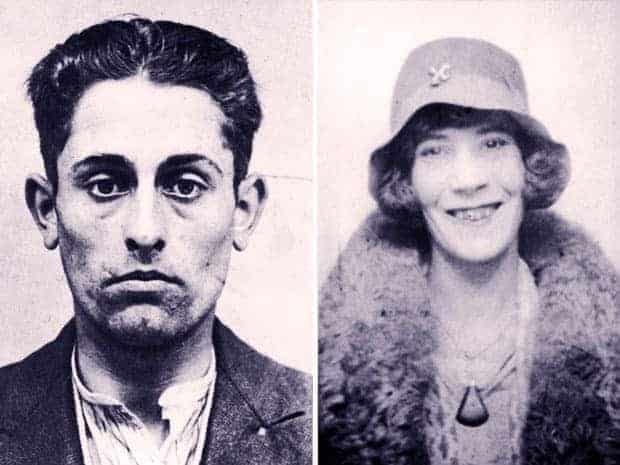The seaside town of Brighton, England was home to two bizarrely similar murders that were completely unrelated. In 1934, two women were killed and their bodies placed in a trunk. The work of a serial killer perhaps? Not so. Although no one was convicted of either murder, the police had a strong suspect in the first case but not enough evidence for an arrest. The second case resulted in an arrest and a trial but ultimately, an acquittal.

The Mysterious June Murder
Brighton’s catchphrase was ‘The Queen of Watering Places,’ but after the two trunk murders, it was nicknamed ‘The Queen of Slaughtering Places.’ On June 17, 1934, a railway employee investigated a terrible smell coming from a wooden trunk. The plywood box was left there 11 days previously, and its foul stench was impossible to ignore. He was horrified to discover the dismembered torso of a woman.
Train officials all over the United Kingdom were alerted after the grisly discovery at Brighton Railway Station. A second suitcase was found in London King Cross Station the following day. It contained what turned out to be the legs of the same woman. The arms and head of the victim were never found.
The victim received the nickname ‘Pretty Feet’ because her feet were like those of a dancer. Tragically, a post-mortem revealed the woman was five months pregnant at the time of the murder. The savage butchering of the corpse meant the cause of death was initially unknown, and the victim’s identity could not be ascertained. Forensic analysts said the woman was between 21 and 28 years old, weighed approximately 119 pounds and was 5 feet 2 inches tall.
The police suspected a local abortionist called Massiah and Chief Inspector Ronald Donaldson told his officers to keep the suspect under surveillance. One of the men decided to confront Massiah in the belief that the doctor would confess. Instead, Massiah wrote out a list of names. Released without charge, the doctor went to London where a woman died while he was carrying out an illegal abortion. Once again, he escaped without charge and only came off the General Medical Register in 1952 when he retired to Trinidad!
The police had little evidence to go on barring a piece of paper with the word ‘Ford’ written on it. Sir Bernard Spilsbury performed the post mortem, and he wasn’t convinced that Massiah was the killer. For a start, there was no sign of any interference with the pregnancy and the murder was committed by someone with no real anatomical skill. This would seem to discount Massiah from the equation. He concluded that the cause of death was probably a blow to the head with a heavy, blunt instrument.
The nation was horrified when details of the murder came to light. The cops called in Scotland Yard to assist with a nationwide search. The police checked hospitals and known abortionists while the cases of 700 missing women were reviewed. Eventually, they concentrated on door-to-door searches and it was during this process that they made a grisly discovery in what was a remarkable coincidence.

